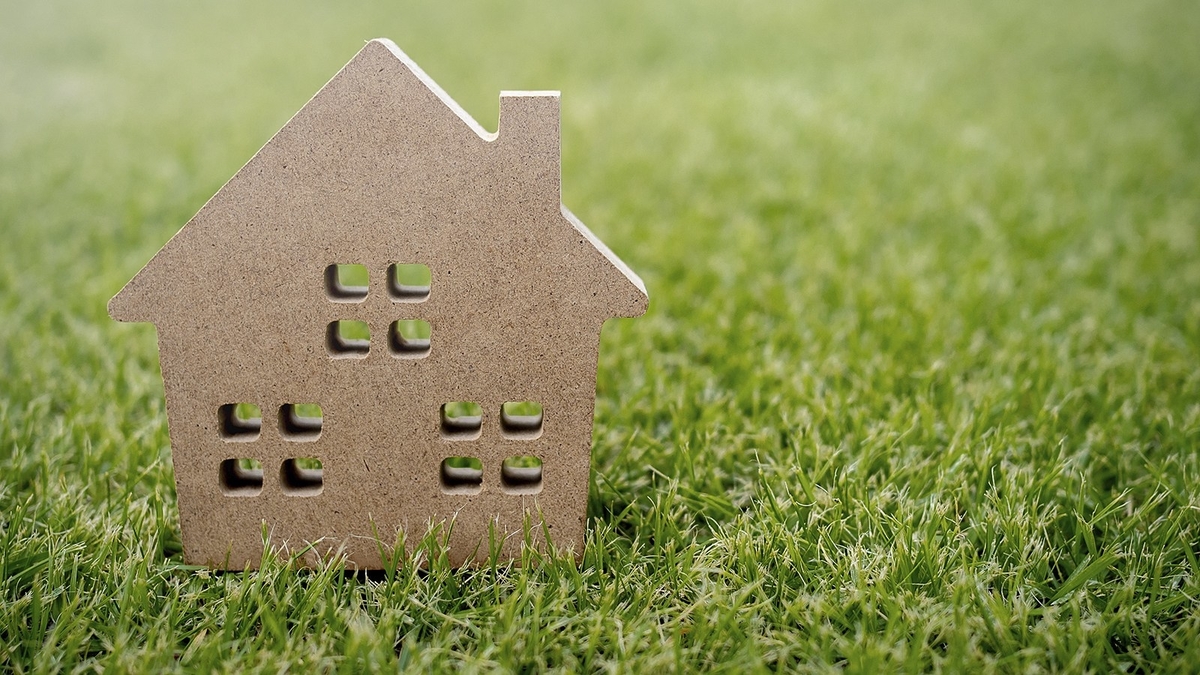A Collaborative Approach to Building Communities and Homes

This year’s North American Passive House Network (NAPHN) Conference in New York City brought together an eclectic mix of health professionals, behavioral scientists, real estate developers, builders, manufacturers and more to talk about transforming our communities and a new approach to building. Each field brought different perspectives on why to build green, which helped builders in the audience better understand the true value of incorporating various green features into their homes.
The idea is to focus on all aspects of a community, as well as the individual home, and build partnerships so that passive house design principles can be used at both a local and global scale. Like the National Green Building Standard (NGBS), Passive House is an independent third-party green certification that adds credibility, so that the home buyer has a better idea of what is behind the walls. For those unfamiliar with Passive House, this quick video briefly explains some of the founding principles.
Today’s children are the first generation expected to have a shorter life expectancy than their parents. A panel of health experts discussed one example of how homes might be playing a role. A pediatrician shared preliminary results from an ongoing study funded by the U.S. Housing and Urban Development to look into why 46% of children in Harlem, N.Y. have asthma versus the rest of New York’s child asthma rate, which averages around 12%. In many of the participating homes, mold, mice and poor ventilation were identified as factors.
Many older homes leave a lot to be desired in terms of indoor air quality, particularly with 90% of our time spent indoors. A behavioral scientist highlighted how outcomes related to these lifestyle elements are better sales tools than trying to sell a thing or product. For Passive House and other green buildings, instead of stressing why a certain Minimum Efficiency Reporting Value (MERV) filter makes sense or discussing the Seasonal Energy Efficiency Ratio (SEER) of an HVAC system, focus on the potential for improved indoor air quality in a way that the customer can relate. For instance, talk about the decreased risk for allergies, how improved moisture management could potentially lead to better overall health and less doctor visits, and save them time and money.
Bringing together a wide range of disciplines at this type of conference drives home a point that can apply to green building – collaborate with everyone involved in a project as soon as possible, ideally at the beginning of the design process. This early planning approach has the potential to reduce the number of changes during construction and help control costs, further dispelling the common misconception that building green costs significantly more than a conventional-built house.
Green certification programs such as Passive House, NGBS, LEED and ENERGY STAR Certified Homes can increase a builder’s visibility in the marketplace and allow for faster home sales. While the first home built to any of these voluntary standards might have a learning curve, actively seeking out educational opportunities within each program can help ease some of the challenges that might arise. Going to an event such as the annual International Builders’ Show or the NAPHN Conference could be the perfect opportunity to get exposure and to learn best practices from other builders and developers, and other industries.
For more information about NAHB’s sustainable and green building programs, contact Program Manager Anna Stern. And to stay current on the high-performance residential building sector, follow NAHB’s Sustainability and Green Building team on Twitter.
*All articles have been redistributed from NAHBnow.com*
